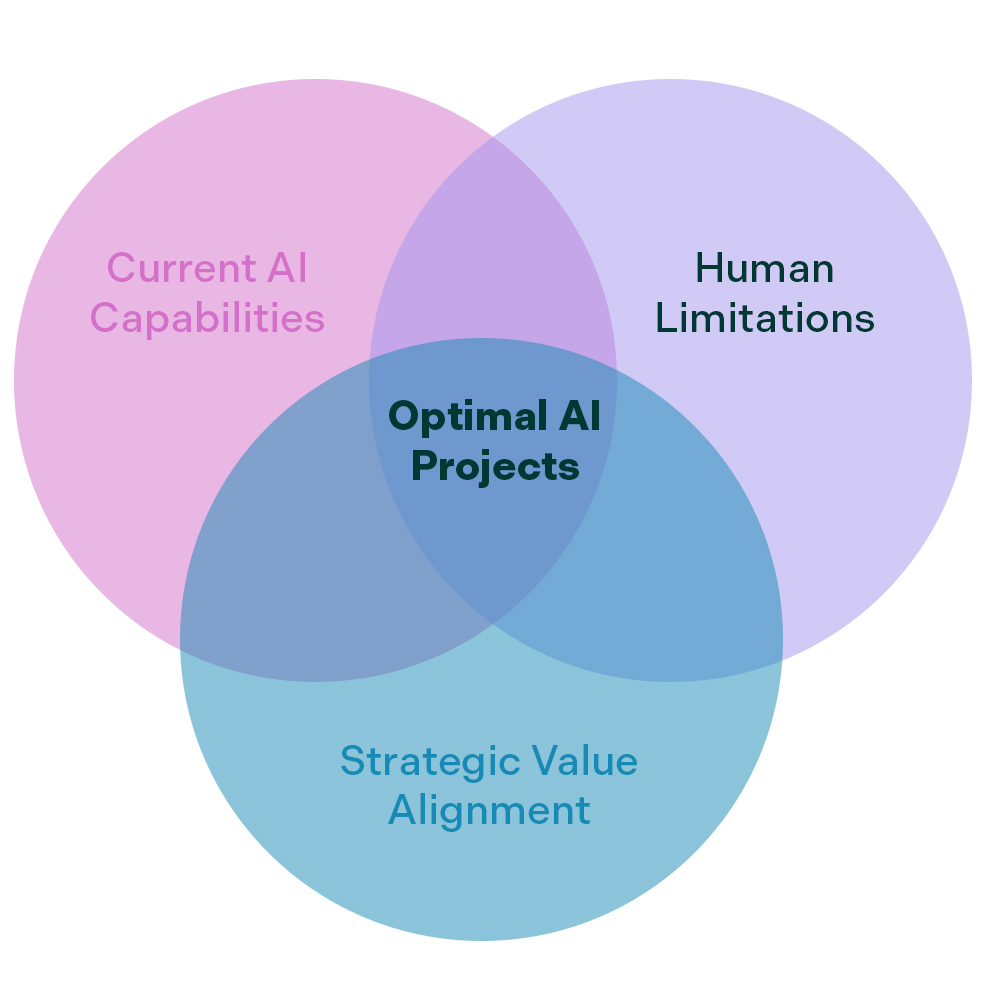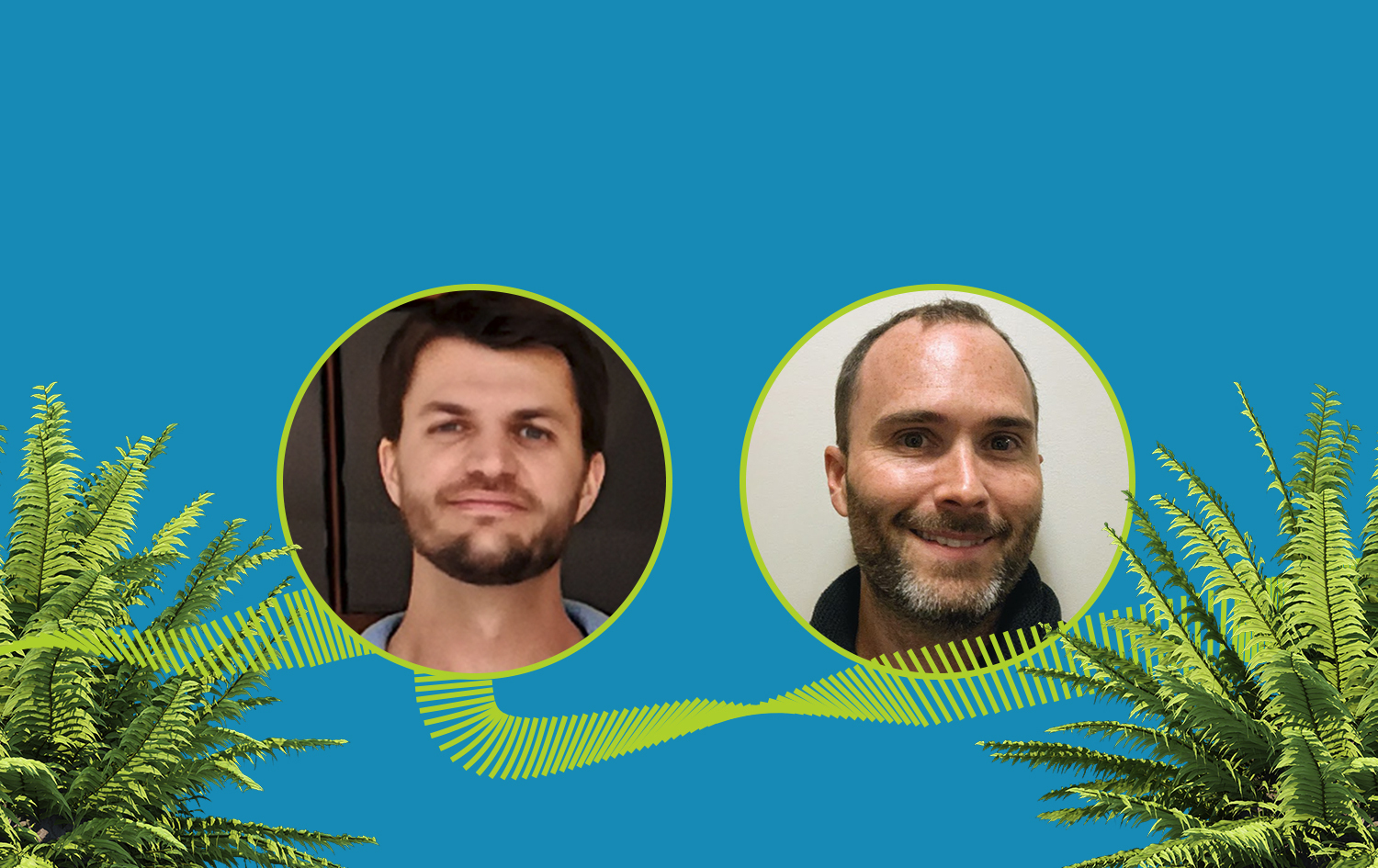We’re not riding the AI wave. We’re defining where it goes next.
We’re building for bold thinkers; insights leaders that want to embrace a new normal, with AI embedded into their process. These people, like us, are excited by what’s next.
Rewriting the rules of AI + insights

Not just human-in-the-loop; our AI has Dig IQ.
Insights consultancies insist on the importance of having a ‘human-in-the-loop’. But our AI’s IQ can’t be beat; it’s trained by behavioral and data scientists, innovation strategists, and storytellers—so your insights don’t just land, they incite change.

Tech that's transparent, not mysterious.
We get it – you’re over the smoke and mirrors. If we can’t explain how the AI works, or how an insight came to be, it’s not usable. We’ve built technology that is transparent by design—with logic you can see, shape, and scale.

Build for better outcomes, not AI hype.
More tools do not equate to smarter insights. And while FOMO around AI is real, you don’t want flash. You want speed, synthesis, and easier decision-making. We build AI to accelerate your smartest work without handing you a dozen disconnected AI tools.
Want to be first to try our AI solutions?
We’re building the next generation of AI-powered tools to make insights smarter and faster. Want in early? Join our beta tester community and help us build what’s next.
Fresh tech from Dig’s lab

Storyteller on Upsiide
What: Upsiide’s new AI-powered reporting feature that transforms survey results into structured, editable narratives, fast.
Why it matters: Storyteller supports faster insight delivery and makes Dig’s custom storytelling capabilities instantaneous.
Recommendation Engine
What: Allows you to predict performance of an innovation in a market where it has not been tested based on its performance in other markets where it has been tested.
Why it matters: Get more efficient (less time and less money) with your research.
Upsiide’s AI Video Interview
What: An AI qualitative moderator that understands your information objectives and conducts a naturalistic interview and summarizes the learnings, complete with a show reel.
Why it matters: Makes agile qualitative research accessible. Bring the voice of the consumer to your stakeholders on demand.
AI Video Interview
What: An AI qualitative moderator that understands your information objectives and conducts a naturalistic interview and summarizes the learnings, complete with a show reel.
Why it matters: Makes agile qualitative research accessible. Bring the voice of the consumer to your stakeholders on demand.
Upsiide’s AI Idea Generation
What: allows clients to generate new ideas, either blue sky or inspired by a set of existing ideas.
Why it matters: Smoothly integrates idea generation into the Upsiide platform so you can generate and test ideas within minutes.
Open Text Analysis
What: we’ve built our own open ended verbatim coding application, which has >90% overlap with human coders.
Why it matters: Allows us to ask more open ends and report faster than ever before
Open Text Analysis
What: we’ve built our own open ended verbatim coding application, which has >90% overlap with human coders.
Why it matters: Allows us to ask more open ends and report faster than ever before
How do we choose what to build next?

We build methodologies that leverage AI’s current capabilities and anticipate where AI is going. Working with Dig Insights, our clients remain on the cutting edge of technology while also working with consultants who understand their business challenges.

We build methodologies that leverage AI’s current capabilities and anticipate where AI is going.

We identify the tasks that humans typically struggle with, are inconsistent at, or perform slowly. These are areas where AI can provide significant value, either by automating tedious processes, reducing human error, or speeding up tasks that would otherwise be time-consuming.

We identify the tasks that humans typically struggle with, are inconsistent at, or perform slowly. These are areas where AI can provide significant value, either by automating tedious processes, reducing human error, or speeding up tasks that would otherwise be time-consuming.

Dig Insights’ role is to fix a fragmented innovation lifecycle. This clear understanding of who we are and how we help our clients is key to informing where we focus our methodological innovation efforts. We launch AI tools that allow our clients to innovate more effectively and outpace their competitors.

Dig Insights’ role is to fix a fragmented innovation lifecycle. This clear understanding of who we are and how we help our clients is key to informing where we focus our methodological innovation efforts. We launch AI tools that allow our clients to innovate more effectively and outpace their competitors.
Questions to ask an AI provider (so you know they’re legit)
Q&A SESSION
Between Two Joels: Synthetic Data Edition
It turns out the hype around synthetic data is both real and exaggerated. During this Q&A session our AI experts along with co-founder Ian Ash discuss what we should and should not be doing as it relates to synthetic data.

Want your AI questions answered?